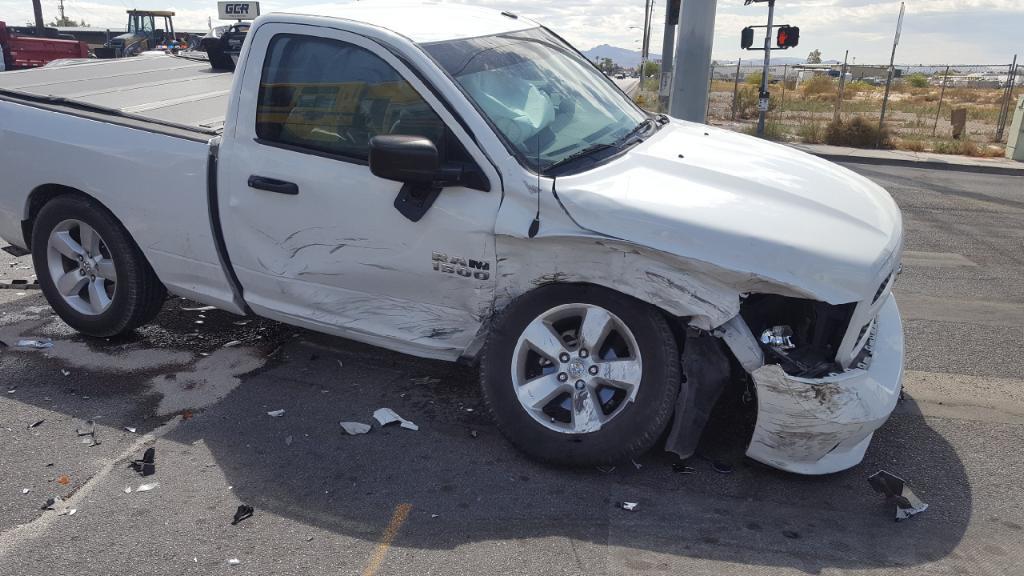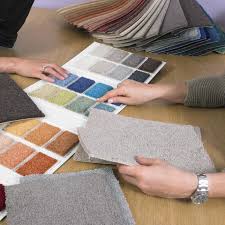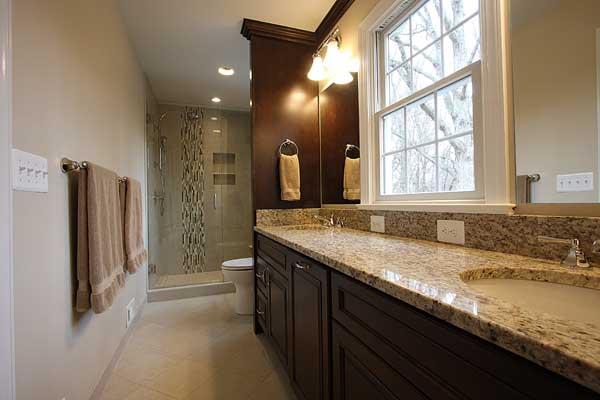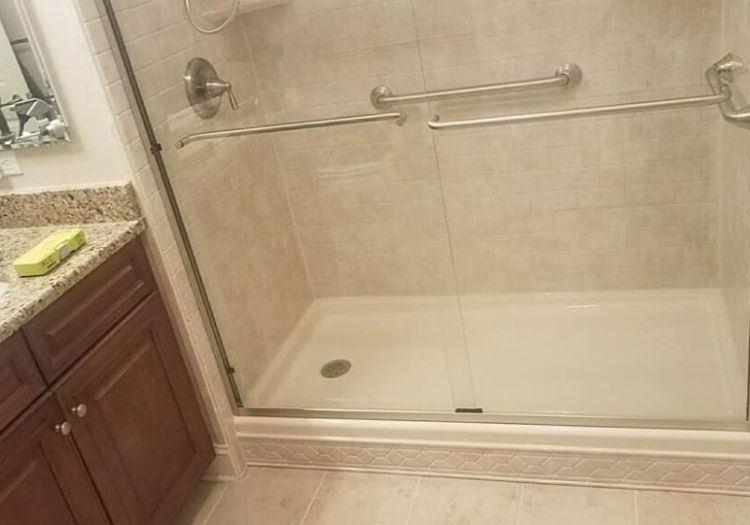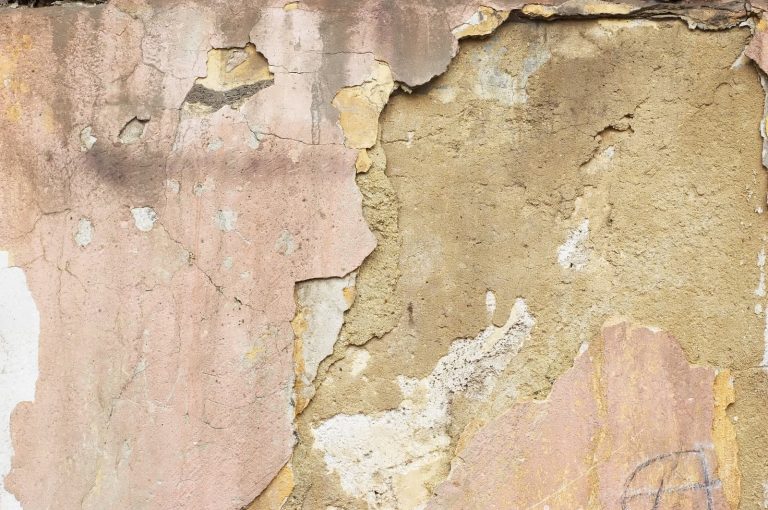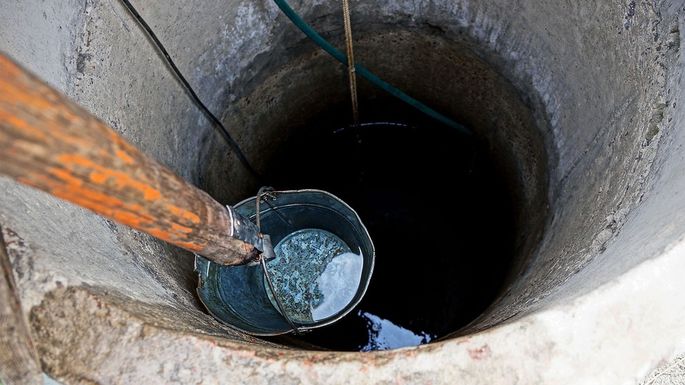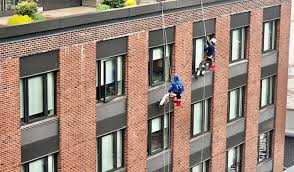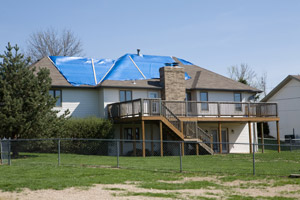Things You Must Do Before Buying a New Construction House
Most homebuying advice is aimed at people who are buying an existing home. But what if you’re in the market for a new construction house or condo? What do you need to know to ensure the home you’re having built will meet your family’s needs?
Buying a newly built home provides some exciting options that may not be available to you when purchasing an existing home, such as the ability to choose the exact kitchen cabinets, flooring and even floor plan you want.
“We got into the home services niche, helping consumers find great companies to hire, because home is where our heart is,” she says. “And your ‘home’ is bigger than the building where you lay your head. The neighborhood and larger community is an important element of where you want to build – or buy new.”
Making a visit is a good way to find out not only about the quality of the homes that are being built, but also about how the condo or homeowners association operates, whether parents like the schools and if you really can commute to work in a reasonable amount of time.
“You don’t want the home of your dreams in an area that’s a nightmare for you – whether that’s because your commute to work is too long, you don’t like the schools or there’s not great Internet service out in your picturesque rural setting,”

THINGS TO CONSIDER BEFORE CHOOSING A BUILDER FOR YOUR DREAM HOME
If you’re looking for home builders, chances are you’ve already noticed you’re not short on options. There are some key decisions you need to make first. For example, do you want a custom home builder or are you happy to go with a project home builder? There are benefits to both and really it comes down to personal choice. However, regardless of the type of builder you choose, you still need to make sure you select the best.
With experience comes expertise, wisdom and knowledge. If you decided to get a tattoo, you probably wouldn’t want a trainee or someone fresh to the industry working on you. Houses might not be as permanent as tattoos but they’re a huge investment and definitely something you want done with finesse and proficiency. So, look for experience.
However, while experience counts for a lot, the reputation of your home builder counts for everything! When we find any good service or product, we shout it from the rooftops. We can’t wait to share with our family and friends how happy we are with whatever it is we’ve purchased. So, ask around for recommendations and also ask your builder if they have any previous clients you can chat to or testimonials from past projects.
WHILE COST IS IMPORTANT, LOOK FURTHER THAN THE PRICE.
Of course, you need to keep your budget in mind. And it’s important that your home builder does as well. However, if the overall cost is your only guiding factor, you may find yourself with a low-quality builder who is willing to cut corners or use inferior products to keep the overheads down. This could be one of those decisions that come back to haunt you years down the line when your roof begins leaking after a particularly nasty summer storm. Avoid the headache down the track and look for value for money over the lowest price in your home builder.
ASK LOADS OF QUESTIONS, ESPECIALLY THESE KEY ONES.
Asking questions of a home builder can help you sort the wheat from the chaff. You’ll get a feel for how someone operates as well as their knowledge base when you pepper them with queries. So, don’t hold back. Some of the key questions to ask your home builder include:
What’s including in the contract?
Are you licensed and covered by indemnity insurance?
Can I speak with any of your previous clients (preferably at least 3)?
Who will be my point of contact through the process?
Are there any additional expenses outside of the quote?

Questions To Ask Your Home Builder Before Getting Started
Choosing a home builder can be overwhelming. The questions below will help determine if the builder you’re considering is right for you.
Are you a certified and insured builder?
If the answer is no, move on to your next option.
Can you give me references from previous customers?
Sometimes the most helpful thing is to read reviews and speak with people who have worked with this builder before. They’ll be able to give you details of the experience, as well as pros and cons of the process and final product.
Is there a similar model I can walk through?
View an already built home with a similar floor plan if possible. This will help you get a feel for the finished product and give you an opportunity to identify personal preferences for finishes or room size.
How long have you been in business, how many homes have you built, and how many homes are you currently building?
Similar to talking with references and seeing a finished product, this will give you an idea of how well established and successful the builder is. It will also tell you how much attention you may expect from the builder during the process.
How many floor plan options do you offer? Can I bring in an outside or custom plan?
Check to see how many options the builder has and if any appeal to you. Also ask whether you might bring in outside plans or customize something with this builder, in case the existing floorplan options don’t fit with your dream home.
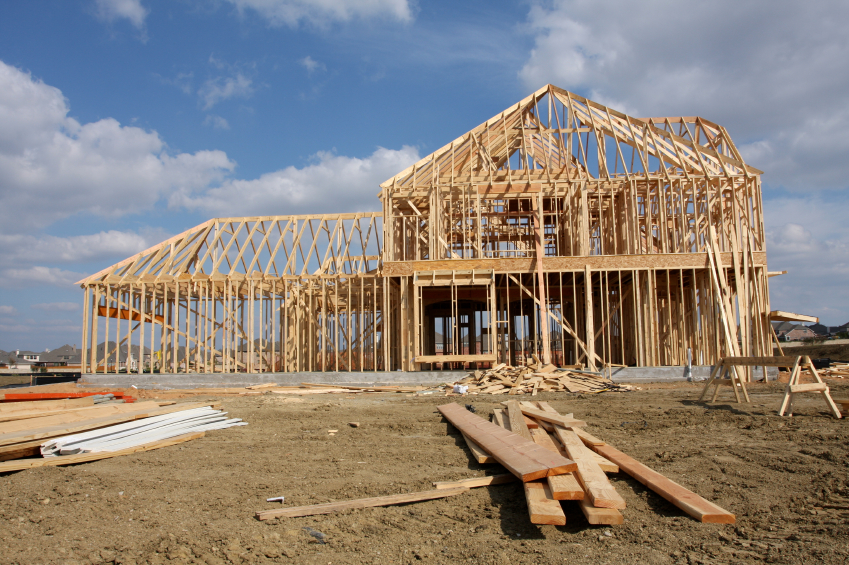
Things You Should Know About New Home Construction
It’s not ‘new news’ that the real estate market has picked up in many parts of the country. Though lots of buyers are out shopping, inventory is still low. Nobody can predict when that situation will improve, of course. But large national home builders, as well as small local ones, are buying up land, getting plans drawn up, and starting construction on new homes.
New homes may not be listed in your local MLS.
Unlike a regular seller who lists their home with a local real estate agent, homebuilders often have their own employees working for them on site. They do this to have more control and to cut costs.
New homes are often sold before they’re built.
A builder will generally get financing lined up and map out both a construction and a sales process. This means they’ll try to sell as many homes as possible, before they’re even built. To accomplish this, they’ll build out model homes and allow buyers to go in and review floor plans, fixtures and finishes while the homes are under construction. Depending on the state, builders need to get through some of the approvals process before they can actually start signing contracts.
The first buyers may get the best discounts.
A home builder, especially early in the sales process, wants to get a few homes under contract quickly. If the builder can announce they have 10 homes under contract in a few weeks, the project can seem more desirable to future buyers.
Builders don’t have a personal or emotional attachment to the house.
A typical seller has lived in the home for many years, raised their family or built memories there. So when it’s time to sell, the seller may experience all kinds of issues, questions and uncertainties, which can come out in the negotiation and purchase process. As a consequence, the seller may unconsciously price the home too high because they’re not ready to emotionally detach from it. They may want to know more about you or what your plans are for the property. If given a choice between two buyers, the seller may pick one over the other for non-financial reasons.

Tips on Building an Accessible Home
The process was arduous but I had an overall positive experience with building my own home. The reason I chose to build was because I needed accessible housing. For the past several years I lived in a two bedroom apartment spending way too much. I tried to find an accessible apartment with the amenities that I required such as a roll-in shower, but couldn’t find any. There is a definite shortage of accessible housing in this country, which will only get worse in coming years with the aging of the baby boom generation. Likewise, there is an emerging interest in remaining in one’s home and receiving at-home care rather than automaticatically going to a nursing home at the onset of any degree of physical disability. Two major reasons for being placed in a nursing facility is due to a lack of accessible physical accommodation in the home and an inability to receive at home nursing care. I realize that nursing homes have their place, but I applaud all efforts to allow a person with a disability to remain in their home all long as feasibly possible.
Finding a house that is handicap accessible or that could be easily modified is a crapshoot. I’ve received several e-mails from readers from around the country confirming the same thing. Often the few accessible houses become available upon the death of an elderly person who ended up needing their home modified later in life. These houses are usually adapted the easiest and cheapest way possible for the person to be able to remain living at home. Modifications may include a ramp built off the front door, a more spacious master bathroom that is wheelchair accessible, and perhaps a larger bedroom. These houses are at a premium and don’t stay on the market long.
Using an electric wheelchair for several years, I had a good idea what I was looking for in terms of accessibility. So I thought I could rehabilitate a house to fit my needs. Unfortunately, this was more difficult than I expected. Accessibility involves more than just adding a ramp and removing the bathtub to make a roll-in shower. Often times, I found that modifying the bathroom meant substantially enlarging it. Thus, moving walls would subtract precious space from the bedrooms, closets, and/or hallway. Some houses lend themselves well to these adaptations – other houses just cannot be done effectively at all. Narrow doorways and hallways are also huge hurdles in many older houses
Other major obstacles include; crowded kitchens, garages too small for a lift-equipped van, steps and sunken rooms, inaccessible light switches and door handles, lack of maneuvering room for opening doors, basement stairs, second stories, and inaccessible backyards. Finding the right house to be adapted can be as rare as finding one that is already accessible. Of course, depending on one’s disability the criterion for access varies greatly. Since I am a quadriplegic, many accessibility features are needed and their specifications are stringent. For example, the controls in a roll-in shower must be at the right height and position or I can’t reach them, having no hand function the controls also needed to be levers instead of knobs. These are only some of the details
Designing an Accessible House
I want to note that anyone can build a house. It takes patience and above all attention to detail. As they say, “God is in the details.” With that said, my first concern when building a house was where to put it. Again I was very particular about lot location. I’ve always wanted a sunroom. I get cold very easy so I keep the house warmer than most. Therefore, I wanted a warm house without spending a lot to conventionally heat it.
